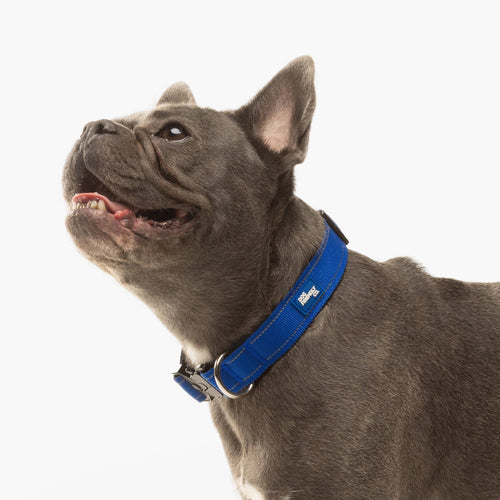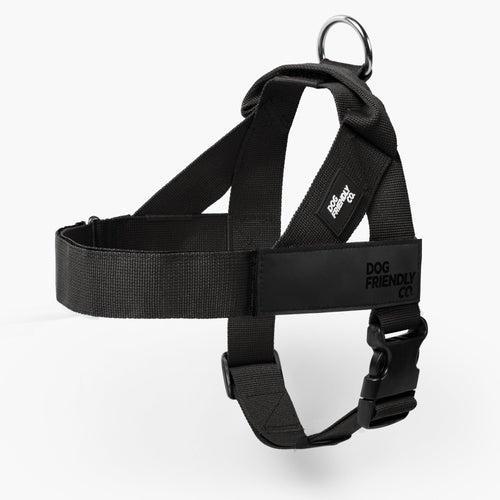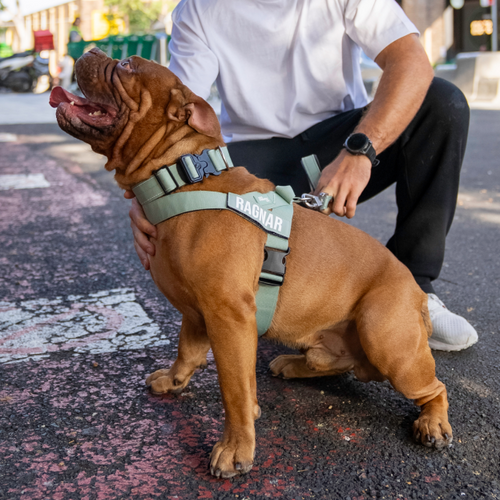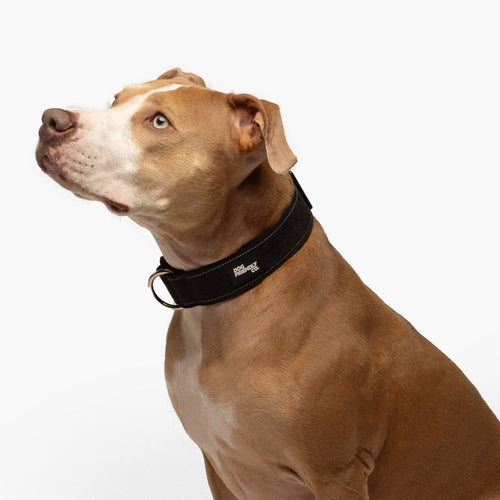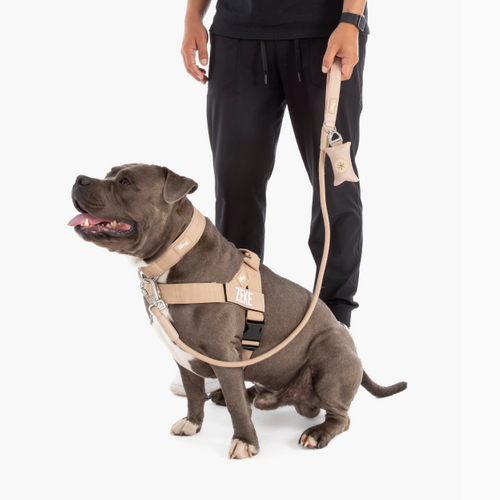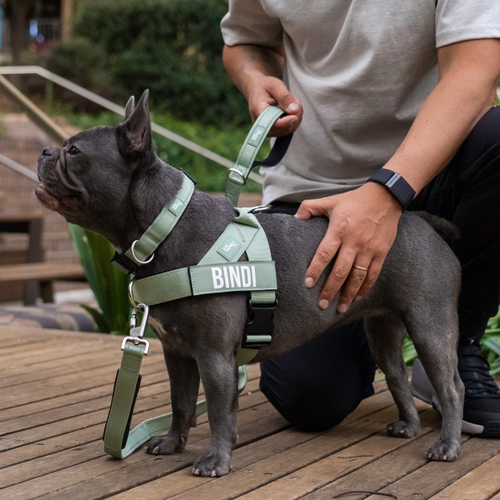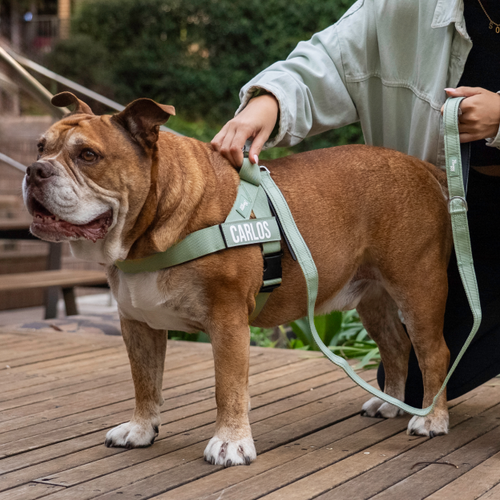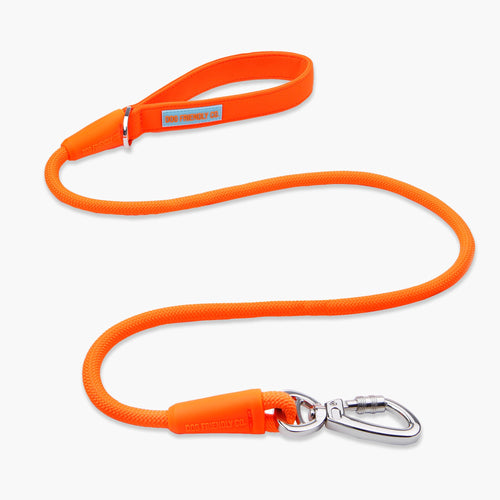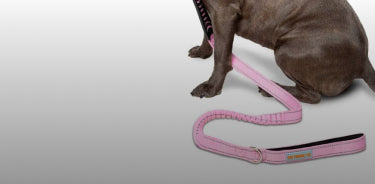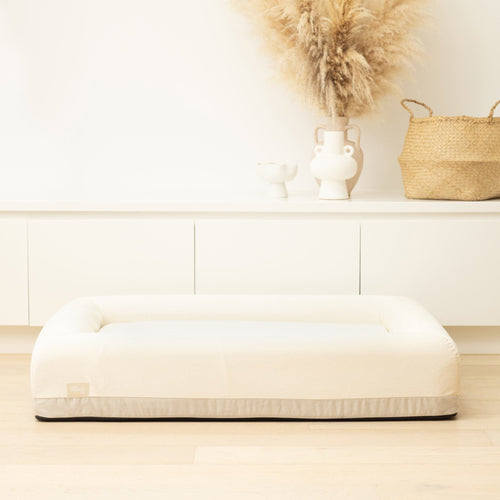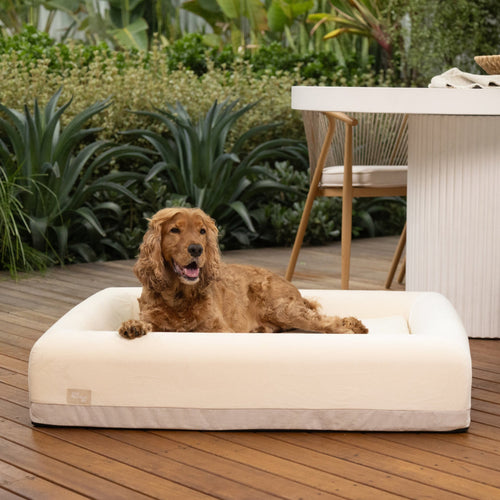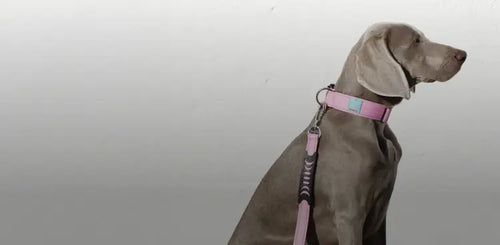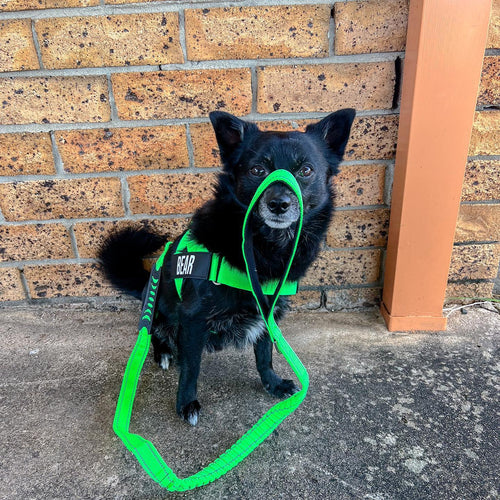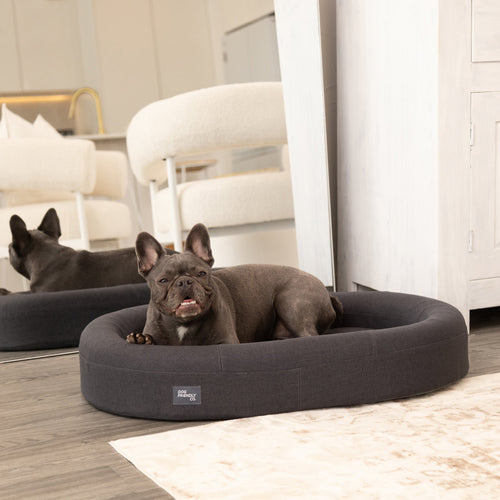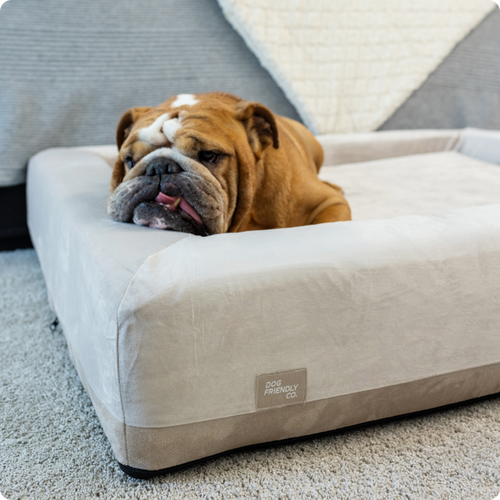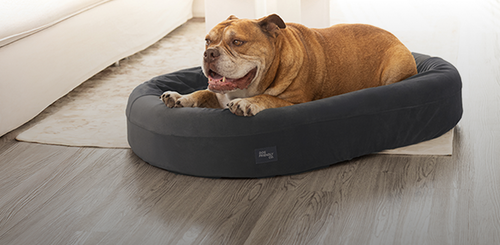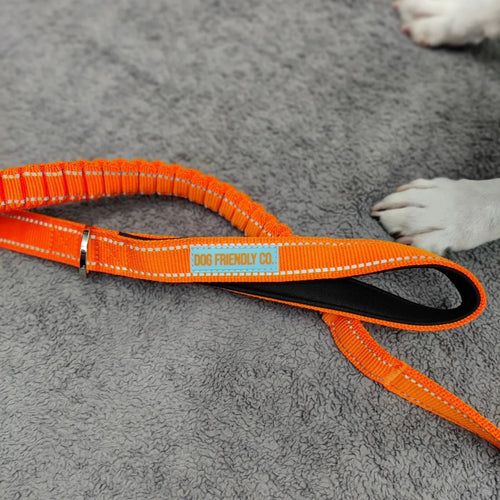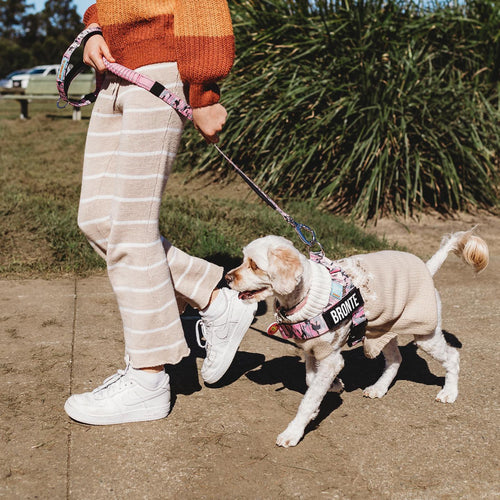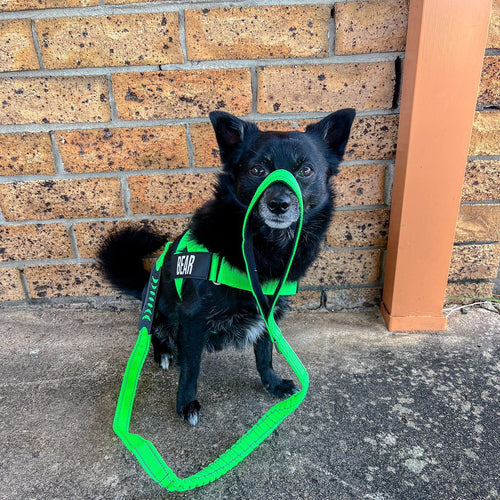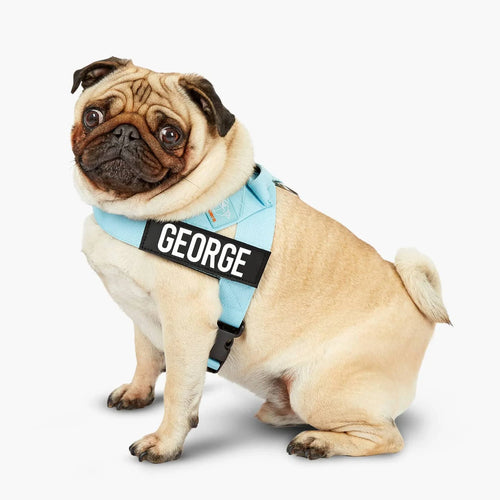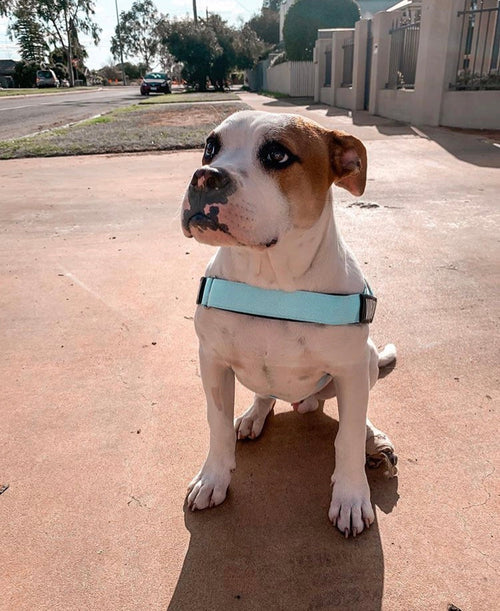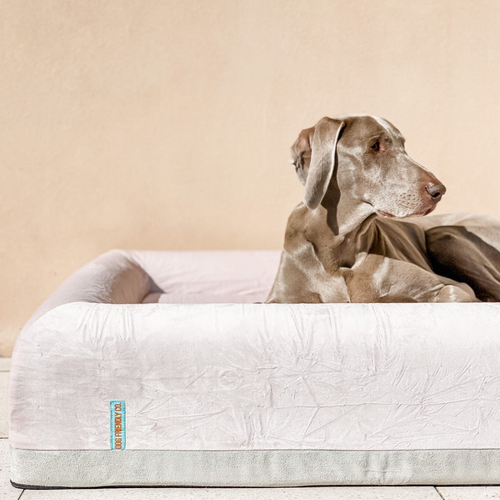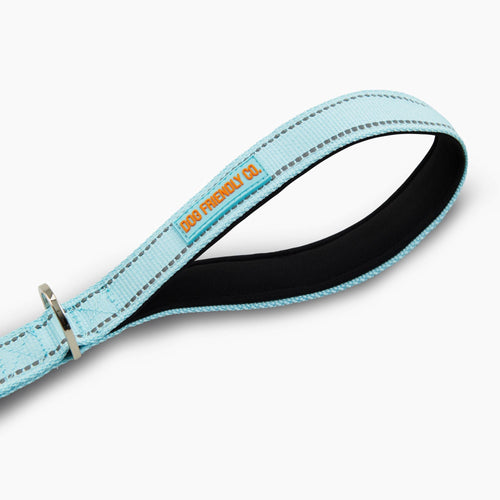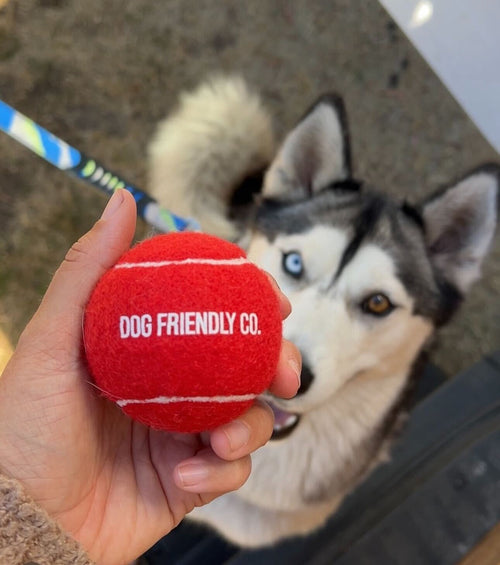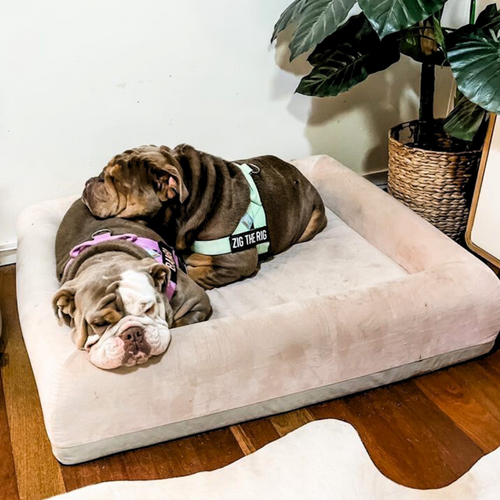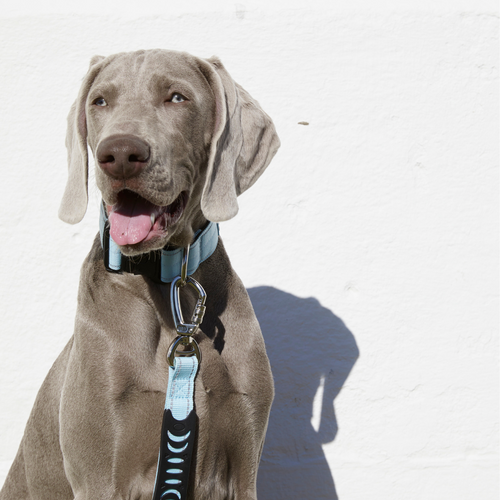Unless you’ve trained your dog to walk off the leash, you’ll need to secure him with appropriate equipment to keep him safe. But what is the most appropriate equipment? Your two main options are a harness or a leash clipped to his dog collar. Decide what’s right for you and your pet by weighing the benefits of each.
Benefits of Using a Dog Harness
Dog Harnesses tend to give you more control than a basic leash, which is helpful for teaching your dog to respond to basic commands. They prevent leash biting, and It is also less easy for a dog to escape from a harness than a collar, making it a good choice for new additions to the family and independent-minded dogs who may like to go off on their own, if given the chance.
Harnesses are great for small dogs and large dogs, but the biggest benefit of a dog harness, though, is it reduces pulling, which is important for preventing neck injuries and alleviating back pain in dogs as well as stopping large breeds from pulling walkers off their feet.
Types of Dog Harnesses
Harnesses fit all sizes of dogs and come in a variety of designs. They fall into three main categories:
- Back-clip harnesses. In the traditional style of dog harness, the leash clips to the back. The harness may have a mesh front to reduce pulling — some owners report great results with this style, whereas others find it ineffective. A back-clip harness is most suitable for dogs who already know how to walk on a leash.
- Front-clip harnesses. If your dog pulls with a back-clip harness, it’s worth considering a front-clip design, where the leash clips to a point on the dog’s chest. If you do choose this type of harness, it’s important to pick the correct size, as an improper fit may mean your dog continues to pull and the harness could slip off. A well-fitted front-clip harness, however, is perfect for any dog that has the tendency to pull. You can add a no-pull d-ring attachment to Dog Friendly Co’s harness, giving you both a front-clip and back-clip option.
- Dual-clip harnesses. Your last option is a harness with both a front and back clip. Dual-clip harnesses are bulkier, meaning your dog may need some time to get used to the sensation of wearing the harness. They are ideal for teaching a dog who pulls to walk more calmly, as you’ll be able to start using the front clip and later transition to the back clip.
Training with a Dog Harness
Train your dog to wear a harness by taking things slowly. Allow your dog to explore the harness on the ground before you slip it on. Once your dog is wearing the harness, give him a reward for good behaviour. You may need to do this the first few times your dog wears his harness. Soon, he’ll associate the harness with going for walks, meaning he likely won’t need any incentive to wear it. A no-pull dog harness will also prevent your dog from pulling.
Advantages of Using a Dog Leash
The main advantage of using a dog leash is the ease of putting it on. Your dog likely wears a collar all the time, meaning you can just clip the leash on and go.
If your dog is a large breed, another advantage of just using a leash is it will require less physical strength on your part. However, this is less of an issue if you use a front-clip harness.
Lastly, many people like to start training their puppies to walk with a leash, as it means the puppy only needs to get used to a collar around his neck rather than a harness on his entire body. However, if you take the time to get your puppy used to a harness, it will be just as easy to walk him in with a harness as with a leash attached to a collar.
Types of Dog Leashes
You have several types of dog leashes to choose from:
- Classic leash: This is a basic , classic dog leash made of nylon, leather, cotton, or rubber. It’s long enough for your dog to move freely, but short enough for you to maintain control.
- Bungee leash: A close control leash used for training and high traffic areas. The bungee dog leash is designed to absorb shock from your dog pulling.
- Retractable leash: You can extend a retractable leash several metres to give your dog extra freedom. It has a locking mechanism to keep it short when you need your dog to stay close to you.
- Rope leash: A dog rope leash is a strong and durable leash perfect for all weather conditions.
- Chain leash: If your dog is a chewer, a chain may be useful to stop him destroying the leash.
-
Leash splitter: You can walk multiple dogs on the same leash by using a leash spli
tter. By attaching a second leash to the coupler, you can walk two dogs with one hand.
Proper Leash Training
If you decide to walk your dog on a leash attached to his collar, it’s important to provide him with proper training to teach him to walk by your side. The easiest way to do this is to put the leash in one hand and a treat in the other. Use a command such as “Heel” to ask him to walk next to you. As soon as he’s walking well, give him a treat.
The first few times you do this, your dog may start jumping because he wants the treat. However, he’ll quickly learn that he needs to calm down before you’ll give him a reward. Over time, reduce how often he receives a treat for good behaviour. Eventually, he’ll need almost no motivation to walk well on the leash.
Choosing Between a Dog Harness and Leash
Although many dog owners today favour harnesses, there are benefits to both leashes and harnesses. If your dog has health problems — such as if he is a brachycephalic breed (with a flat face), has suffered a tracheal collapse in the past, has orthopaedic disease, or is at risk for spinal problems — he should use a harness at all times. However, if your dog is healthy and doesn’t pull, a leash may be fine.
Whatever you decide is the best option for your dog, you’ll find what you need at Dog Friendly Co. Our harnesses and leashes are high quality, comfortable, and designed to keep your dog safe during walks. Our “Walk Essentials” bundle is perfect if you need high quality dog walking gear. For all other accessories and products, check out our online store.


















